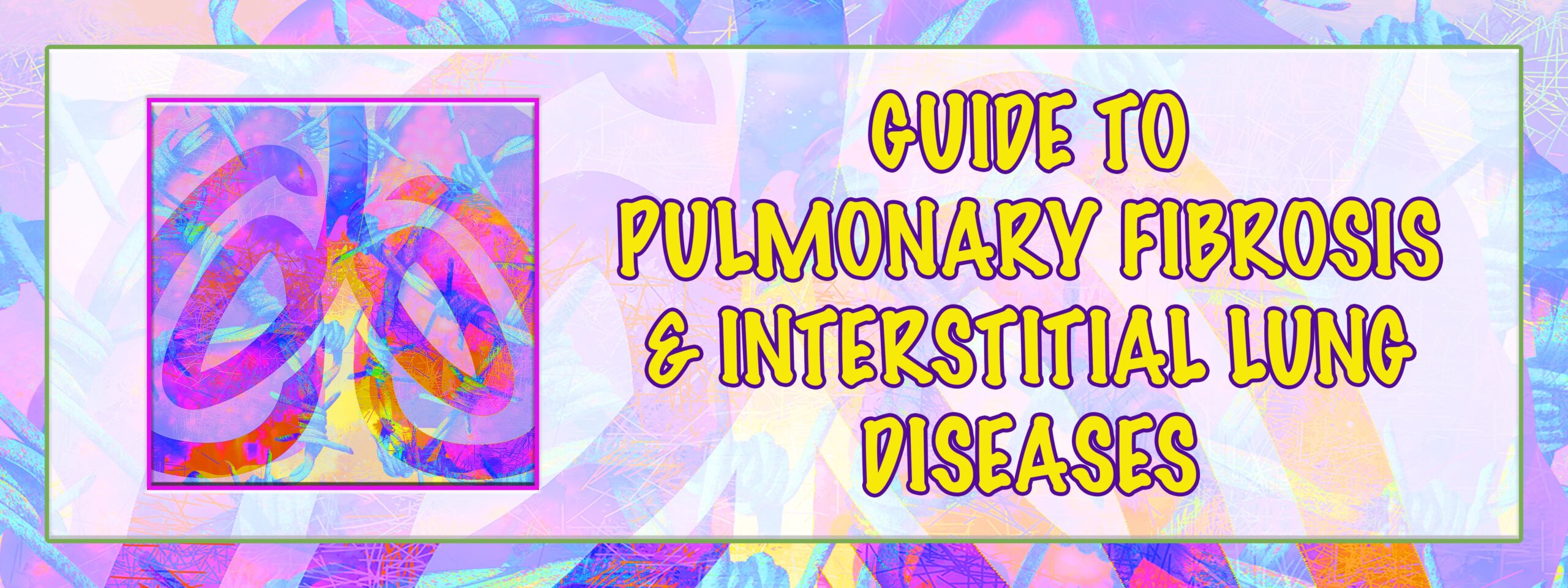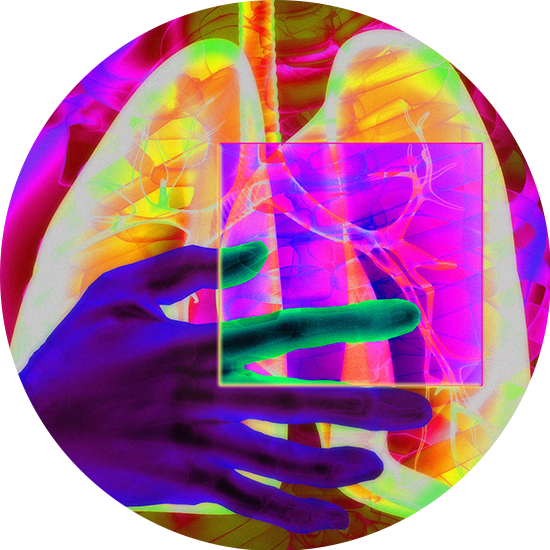
Editor’s Note by Noah Greenspan, PT, DPT, CCS, EMT-B
“The best time to plant a tree is twenty years ago. The second-best time is now.”
–Chinese Proverb
If you are reading this book, it is more than likely that you or someone you know have at one time or another, experienced the sensation of shortness of breath due to respiratory disease. Shortness of breath (SOB), also known as dyspnea (pronounced disp-nee-uh) or air hunger (pronounced air hun-ger), can be all encompassing and has the potential to undermine every aspect of your life, from the magnificent to the mundane.
There are few sensations in life that are as absolutely terrifying as not being able to catch your breath. In fact, most of us will do absolutely everything in our power to avoid that sensation at all costs, even at the expense of things we love, such as visiting with family and friends; going to the theater, everyday activities such as taking a shower or grocery shopping; even having sex. Shortness of breath can deliver a tremendous blow to our self-esteem as well as our overall quality of life.
Our mission in writing this book is to teach you that for many people, being diagnosed with a chronic respiratory disease is not a death sentence and your situation does not have to be hopeless, nor should it be. In fact, there are many things you can do to minimize your shortness of breath as well as to maximize your overall health and quality of life.
Our mission in writing this book is not to sell you a bill of goods promising a quick fix or cure for your disease or an overnight solution to your shortness of breath. We didn’t get here overnight. We’re not getting out overnight either. We’re also not suggesting that managing your disease will be easy. It will not. But…if you follow the suggestions in this book, even some of the suggestions, some of the time, you will begin to experience small (and in many cases, not so small) but noticeable improvements in your daily life, whether it be less shortness of breath, the ability to do more of the things you love, increased energy levels, or an improvement in your overall sense of well-being.
Many of the suggestions in this book will work for many, if not most people reading it. However, it is important to understand that when it comes to patient care and people in general, all of us are different and therefore, need to be treated as individuals. As such, there will always be exceptions to the rule that will require some adjustments or “tinkering” with the methodology.
SOB or dyspnea on exertion (DOE) is by far, the single most common presenting symptom of respiratory disease and almost always the symptom that causes people to seek medical attention and my professional assistance. However, it is important to note that shortness of breath can also be the consequence of other conditions besides respiratory disease; ranging in severity from the serious, like cardiovascular disease, anemia, or renal disease; to the more benign, but still important-to-address conditions like gastro-esophageal reflux disease (GERD) or deconditioning due to inactivity (i.e., being out of shape); or it could be related to something else entirely.
My point in telling you this is that I don’t want you to make any assumptions or self-diagnoses as to the cause of your shortness of breath, without being sure that there aren’t other contributing factors that can potentially be harmful to you if left untreated. With that in mind, it is essential that your physician perform a comprehensive workup of your symptoms before beginning any meaningful course of treatment or undertaking any significant lifestyle change such as cardiopulmonary physical therapy or rehabilitation.
SOB can range in severity from barely noticeable to all encompassing. At times, you may not even be aware of your symptoms while at others, they may stop you dead (or at least, completely breathless) in your tracks. Depending upon where you are, what you happen to be doing, even who you happen to be with at the time, you may attempt to minimize or make light of your symptoms. You may even tell yourself (and others) little white lies such as: “I’m getting old” or “I’m out of shape” or “It’s not a big deal.” But you know darn well it is. When I hear people use phrases like “It’s not a big deal,” I am reminded of that famous river in northeast Africa called: “the Nile.” Denial, get it?
Typically, most people first begin to experience shortness of breath at high levels of exertion, during activities such as stair climbing or walking uphill. In New York City, the three things that patients complain about most are climbing subway stairs, walking up the city’s many hills and inclines and running or walking quickly for the bus; or what we not-so-affectionately like to call “the NYC Pulmonary Triathlon.”
Human nature dictates that when we start to experience a certain symptom; any symptom, whether it be shortness of breath, chest pain, back, hip or knee pain; or any other physical (or emotional) distress, we will typically find ways to alleviate or minimize our discomfort; either by modifying the activity that causes us to be symptomatic (e.g. walking more slowly or taking more frequent rest breaks), or by avoiding the activity altogether (e.g. taking a different route or driving, instead of walking uphill or climbing the stairs).
Therein lies at least part of the problem. The fact is, once you start to avoid the activities that cause you discomfort (whether they be stair climbing, walking uphill, or running for the bus), all the muscles that you use to perform these activities (including, most importantly, the heart; as well as the respiratory and skeletal muscles), become weaker and more deconditioned. And when muscles become deconditioned, they don’t perform as well or use oxygen as efficiently. As a result, you begin to experience shortness of breath at lower levels of activity, and eventually, start to avoid those lower-level activities as well and so on and so on. This is what is known as the “Dyspnea Cycle.”
In addition to the muscles themselves, all the body systems that are involved in performing these activities also become less efficient and when these systems don’t operate as well, guess what. You become even shorter of breath at even lower levels of activity and in turn, start to avoid those activities as well, beginning the cycle all over again. Sound familiar?
Patients often describe the dyspnea cycle as a “downward spiral,” or they tell me that they are “going downhill”. The good news is that in the same way that you can “spiral downhill,” your body’s abilities can actually improve with activity and other positive lifestyle changes , and in many cases, you can actually start to “spiral uphill” again.
At Pulmonary Wellness, whether in person or via our Pulmonary Wellness Bootcamp, the Ultimate Pulmonary Wellness Lecture Series, Ultimate Pulmonary Wellness Facebook Group, or this book, our goal is to help you break this cycle in three ways. First, we will teach you more effective breathing techniques designed to increase your awareness of and give you greater control over your shortness of breath. Second, we will teach you how to exercise, both aerobically (e.g., Walkabouts, treadmill, exercise bike, upper body ergometer, and Arms-Up) and anaerobically (e.g., strength flexibility, and balance training), so that your body becomes stronger and more efficient at using oxygen; and you, less short of breath.
Last, but not least, we will educate you about the various lifestyle factors that play a role in how well or how poorly you breathe, so that you can begin to reverse your shortness of breath as well as any other limitations or modifications you’ve had to make and that have wreaked so much havoc in your life.
With this principle in mind, our purpose in writing this book is not to give you a complex list of instructions or fancy protocols that are difficult to understand and virtually impossible to follow. Instead, our goal is to present you with a wealth of information that my patients and I have found to be both successful and practical over the past 30 years.
Again, each person is different, and every situation is unique. Therefore, not all things will work for all people. However, our hope is that this information will help guide you and your healthcare team in determining which tools and techniques will work best for you and which ones won’t be as helpful, or not helpful at all.
As I mentioned earlier, there are few greater teachers than firsthand experience and I am proud to say that the overwhelming majority of what I have learned about pulmonary disease (and its most effective management) has come from my patients (and from watching House). I have also been extremely fortunate to be exposed to great instructors and brilliant mentors throughout both my formal education and my professional career but by far, it has been my patients that have been my most instrumental teachers. For that reason (and because Gregory House, MD is a fictional television character), we really wanted this book to be written with patients, by patients and for patients.
In sharing our collective experience with you, we hope to give you a direct link to the greatest source of information about your disease, and to help you avoid some of the same pitfalls that others before you have had to deal with. One thing that I can tell you for certain is that even more gratifying than trial and error; is trial and success.
The good news is that most of the information being passed on to you has come directly from the source: other patients. They are the true experts in the field, who have experienced many of the same struggles as you and found ways to overcome them, even when it seemed like all odds were against them and you can too. It is my hope that by putting our collective knowledge and experience together in one comprehensive, yet easy to understand “bible” for pulmonary patients, you will have at your disposal, a wealth of options to choose from, and that you too, will be able to experience your own little slice of “Ultimate Pulmonary Wellness.”
























